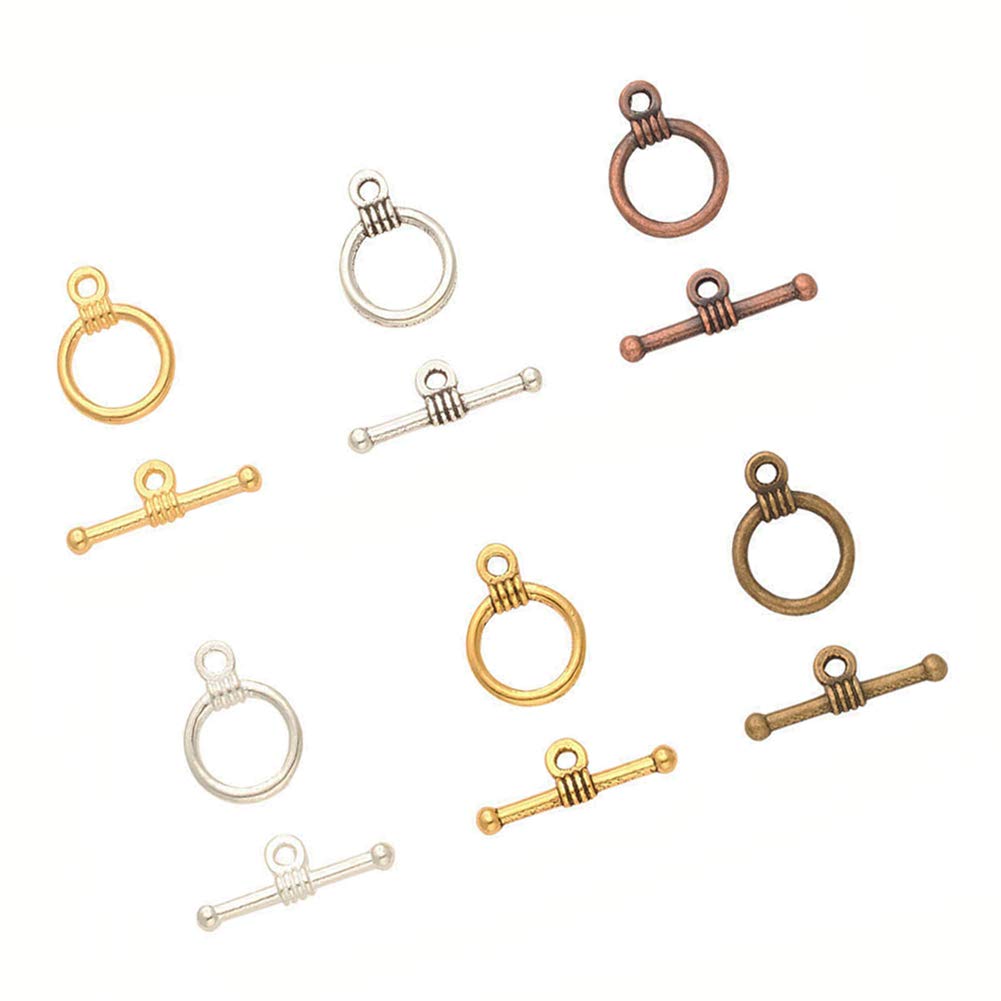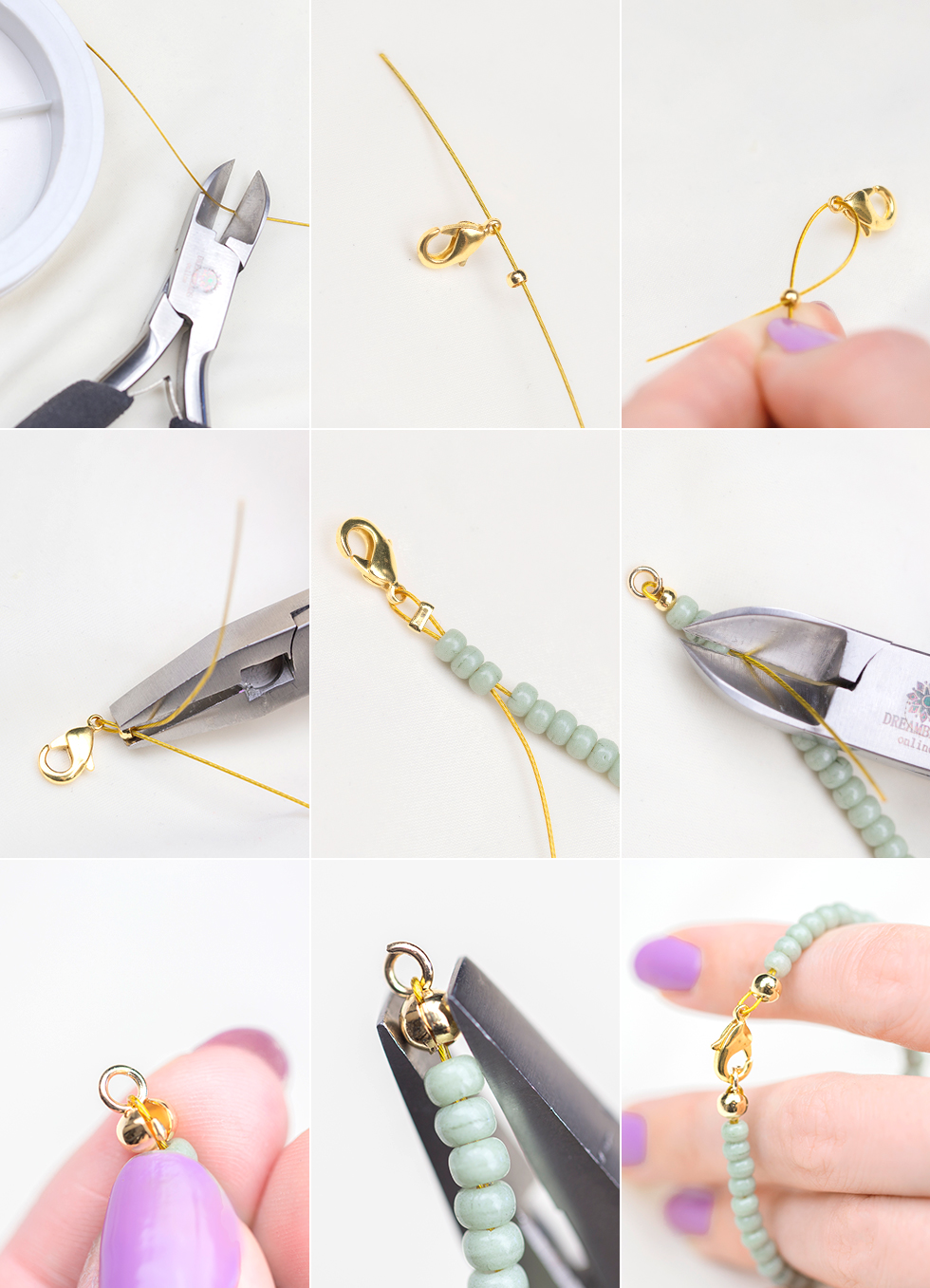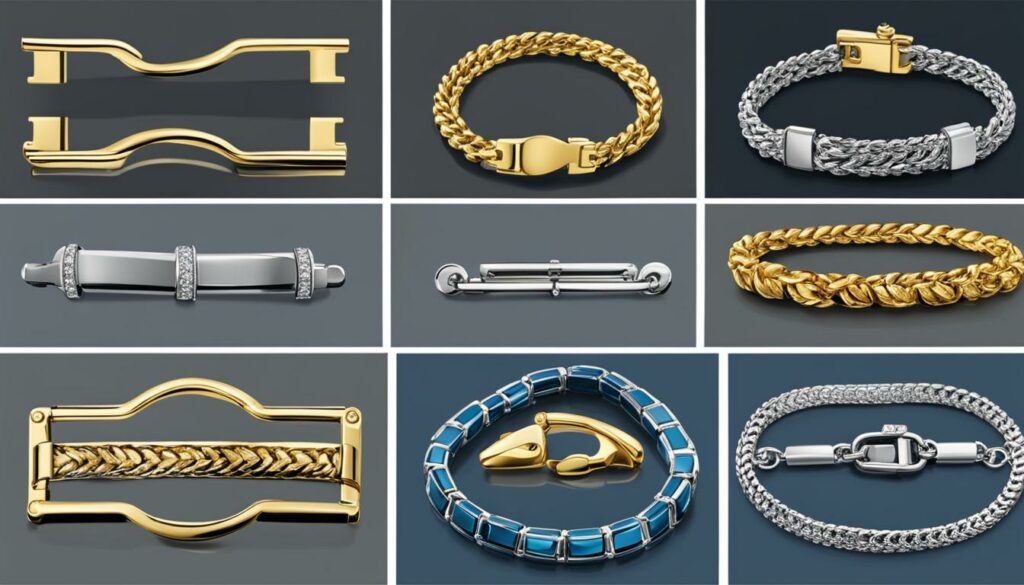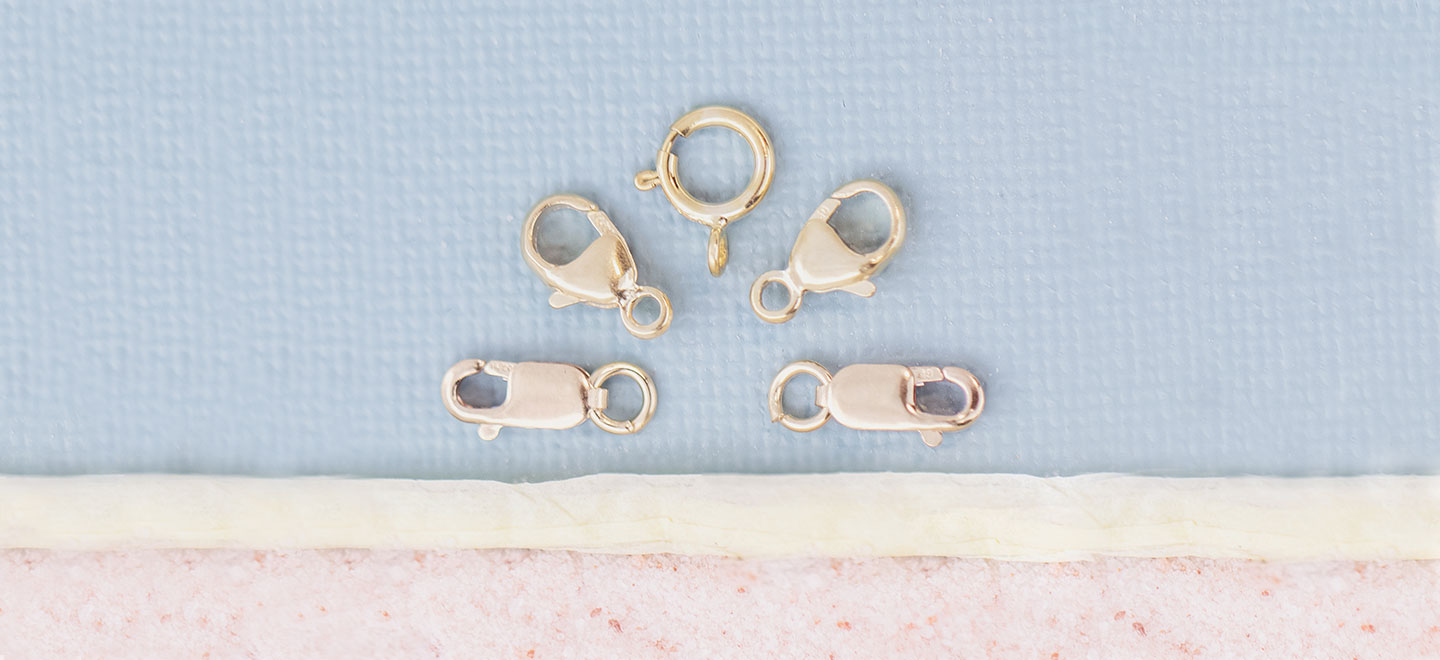
Bracelets, adorned with precious metals, gemstones, or beads, have adorned wrists for centuries, serving as symbols of style, status, and personal expression. The clasp, the humble yet essential component that secures these adornments, plays a crucial role in both functionality and aesthetics. From the simple to the intricate, clasps come in a wide variety of styles, each offering unique advantages and design elements.
Introduction to Bracelet Clasps
The Significance of Clasps
Clasps are not merely functional elements; they can be integral design features that enhance the overall aesthetic of a bracelet. Their style, material, and craftsmanship can elevate a bracelet’s elegance and sophistication. A well-chosen clasp can seamlessly complement the bracelet’s design, adding a touch of refinement and polish.
Types of Bracelet Clasps
The diverse range of bracelet clasps available caters to various preferences and needs. Each style possesses unique characteristics that make it suitable for specific types of bracelets and wearer lifestyles. Understanding the different clasp styles empowers you to make informed choices that align with your aesthetic preferences and practical requirements.
Factors to Consider When Choosing a Clasp
When selecting a clasp for your bracelet, consider factors such as the bracelet’s style, material, intended use, and personal preferences. The clasp should complement the bracelet’s design, provide secure closure, and be comfortable to wear. A harmonious pairing of clasp and bracelet elevates the overall appeal of the jewelry piece.
Popular Styles of Bracelet Clasps
Lobster Clasp
The lobster clasp, also known as a lobster claw clasp, is a widely used and versatile style. Its secure locking mechanism and ease of use make it a popular choice for everyday bracelets. The lobster clasp’s sturdy design provides reliable fastening, ensuring your bracelet stays securely in place.
Toggle Clasp
The toggle clasp, characterized by its bar-and-ring design, offers a sleek and minimalist aesthetic. It is often used in fine jewelry and adds a touch of sophistication to bracelets. The toggle clasp’s simple yet elegant design complements a variety of bracelet styles, from delicate chains to bold statement pieces.
Box Clasp
The box clasp, with its square or rectangular shape, provides a secure and discreet closure. It is commonly used in bracelets with heavier chains or charms. The box clasp’s robust construction offers peace of mind, ensuring your treasured charms remain safely attached.
Magnetic Clasp
The magnetic clasp, known for its convenience and ease of use, employs magnets to fasten the bracelet. It is a popular choice for individuals with dexterity limitations. The magnetic clasp’s user-friendly design makes it an ideal choice for those who prefer effortless fastening and removal.
Safety Clasp
The safety clasp, featuring a spring-loaded mechanism, offers added security against accidental opening. It is particularly suitable for bracelets worn during active pursuits or for children’s jewelry. The safety clasp’s enhanced security provides peace of mind, especially when engaging in activities that could cause the bracelet to snag or catch.
Materials Used in Bracelet Clasps
Precious Metals
Clasps made from precious metals, such as gold, silver, and platinum, exude elegance and luxury. They are often used in fine jewelry and can be crafted in various finishes, such as polished, brushed, or plated. Precious metal clasps add a touch of refinement and timeless beauty to bracelets.
Stainless Steel
Stainless steel clasps offer a combination of durability, affordability, and hypoallergenic properties. They are a popular choice for everyday bracelets and can be found in a variety of styles and finishes. Stainless steel clasps provide a practical and versatile option for a wide range of bracelet styles.
Base Metals
Base metals, such as brass and copper, are often used in costume jewelry clasps. They can be plated with precious metals to create a more luxurious appearance. Base metal clasps offer a cost-effective option for adding a touch of style to bracelets.
Leather
Leather clasps provide a natural and rustic aesthetic. They are commonly used in leather bracelets and can be secured with various methods, such as snaps or buckles. Leather clasps add a touch of casual elegance and complement the earthy appeal of leather bracelets.
Textile Clasps
Textile clasps, made from fabric or cord, offer a casual and bohemian style. They are often used in friendship bracelets and can be secured with knots or toggles. Textile clasps add a touch of carefree charm and complement the relaxed vibe of friendship bracelets.
Design Considerations for Bracelet Clasps
Size Proportion
The size of the clasp should be proportionate to the width and weight of the bracelet. A large clasp on a delicate bracelet can appear unbalanced, while a small clasp on a bulky bracelet may be difficult to use.
Maintaining a harmonious balance between clasp and bracelet size ensures both functionality and aesthetics. A well-proportioned clasp complements the bracelet’s overall design without overwhelming the delicate details or appearing out of place on a bold statement piece.
Finishing and Detailing
The finishing and detailing of the clasp should complement the overall style of the bracelet. A polished clasp suits a formal bracelet, while a textured clasp adds visual interest to a casual piece. Consider the bracelet’s design elements – smooth, hammered, or patterned – and choose a clasp with matching finishes to create a cohesive look.
Hidden or Exposed Clasp
Decide whether you prefer the clasp to be a visible design element or to blend seamlessly into the bracelet. Hidden clasps provide a streamlined appearance, often integrating discreetly into the bracelet’s design. Exposed clasps can add a decorative touch, featuring intricate details or becoming a focal point with their unique style.
Personal Preferences
Ultimately, the choice of clasp should reflect your personal preferences and style. Consider your desired level of security, ease of use, and aesthetic preferences when making your selection. Do you prioritize a secure closure for active wear or a clasp that’s easy to fasten with one hand? Do you prefer a minimalist design or a clasp that adds a touch of decorative flair?
Caring for Bracelet Clasps
Regular Cleaning
Regularly clean your clasp to remove dirt, tarnish, or buildup. Use a soft cloth dampened with a mild cleaning solution, avoiding harsh chemicals or abrasives. Regular cleaning helps maintain the clasp’s functionality and prevents the accumulation of grime that can hinder smooth operation.
Gently Opening and Closing
Open and close the clasp gently to prevent damage to the mechanism. Avoid excessive force or pulling on the bracelet. Treat the clasp with care to ensure its long-lasting performance and prevent unnecessary wear and tear.
Professional Maintenance
For valuable or intricate clasps, consider seeking professional cleaning and maintenance from a jeweler. They can ensure the clasp remains in good working condition and preserve its beauty. A jeweler’s expertise can address any delicate cleaning needs or minor repairs to keep your cherished bracelet clasps functioning flawlessly.
Enhancing Bracelets with the Perfect Clasp
By understanding the various types of clasps, their materials, and design considerations, you can make informed choices that elevate your bracelets. The perfect clasp should not only secure your bracelet but also complement its style and enhance its overall appeal. With careful selection and proper care, your bracelet clasps can become functional and beautiful components, adding a touch of elegance and security to your cherished pieces. So, the next time you choose a bracelet, don’t overlook the significance of the clasp. After all, it plays a vital role in both the functionality and aesthetic of this timeless adornment.